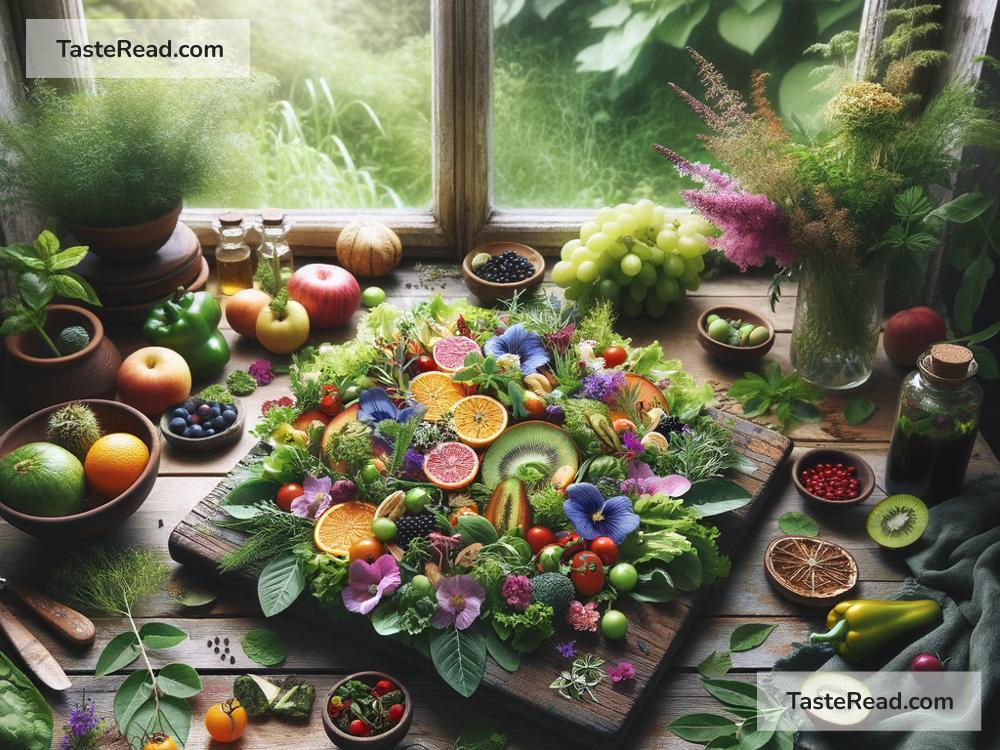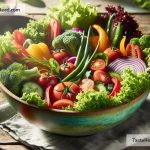How to Use Natural Elements in Food Photography for a Fresh Look
In today’s world, where social media platforms are overflowing with vibrant images of delectable dishes and culinary creations, standing out might seem like a tall order. However, integrating natural elements into your food photography can not only elevate the aesthetics of your images but also imbue them with a fresh and organic vibe that catches the eye. Whether you’re a budding food blogger, an aspiring photographer, or simply looking to improve your Instagram feed, here are some tips on how to use natural elements in your food photography for that much-coveted fresh look.
1. Incorporate Fresh Produce
One of the simplest ways to bring natural elements into your food photos is by adding fresh fruits, vegetables, or herbs alongside your main dish. Not only do they add a splash of color and texture, but they also give a hint about the ingredients used, making the dish more appealing. For instance, placing a sprig of fresh rosemary on a plate of roasted chicken or scattering some vibrant berries next to a dessert can significantly enhance the visual appeal of your photograph.
2. Use Natural Light
When it comes to food photography, lighting can make or break your image. While artificial lights can be manipulated to get the desired effect, nothing beats the soft, diffused glow of natural light for achieving a fresh and inviting look. Try to set up your shoot near a window where ample natural light is available. However, avoid direct sunlight as it can cause harsh shadows and overexposure. If the light is too intense, diffusing it with a sheer curtain can help soften it.
3. Embrace Wooden Textures
Incorporating wooden elements into your food photography setup can instantly add warmth and a rustic charm to your images. Wooden cutting boards, aged table surfaces, or even simple wooden utensils can serve as excellent backdrops or props for your food photos. Their natural textures and patterns can complement the food, providing a beautiful contrast and adding depth to your photographs.
4. Play with Stones and Rocks
Stones and rocks might not be the first things that come to mind when thinking about food photography. Yet, their cool, textured surfaces can serve as unique backdrops or platforms for presenting your dishes. Slate plates, marble countertops, or even a polished granite slab can add a sophisticated touch to your photos while highlighting the natural beauty of the food.
5. Incorporate Flowers and Leaves
Adding flowers and leaves to your food photography setup can introduce vibrant colors and a touch of elegance to your images. Whether it’s a few petals scattered around a cake, a leafy green garnish on a savory dish, or a bouquet in the background, these natural elements can create a charming and fresh look. Be mindful, though, to use non-toxic and, if possible, edible flowers and leaves to ensure food safety.
6. Use Natural Fabrics
Natural fabrics like cotton, linen, or burlap can add layers and textures to your food photography, creating a more dynamic composition. You can use them as tablecloths, napkins, or even as a backdrop. Their subtle colors and textures can complement the food, adding a cozy and organic feel to your images. Plus, they’re great for absorbing excess light and reducing glare.
7. Capture the Preparation Process
Sometimes, the raw ingredients and the preparation process can be just as visually appealing as the finished dish. Capturing these moments can add a lively and authentic touch to your food photography. Photograph the scattered flour on a kitchen counter, chopped vegetables ready for cooking, or hands kneading dough. These shots can tell a story and bring a fresh and natural feel to your food images.
8. Experiment with Water
Water can add a fresh and cleansing element to your food photography. Whether it’s capturing the moment before a lemon slice hits a glass of water, the sparkling droplets on fresh fruits, or the steam rising from a hot dish, water can add a dynamic and refreshing touch to your photos. Just be mindful of your camera and lighting settings to capture water in its most flattering form.
Incorporating natural elements into your food photography is not just about adding decorative touches; it’s about creating a connection between the viewer and the image, evoking sensations of freshness, purity, and authenticity. By following these tips, you can breathe new life into your food photos, making them stand out in a sea of sameness and capturing the beauty of natural simplicity. Whether you’re photographing for a blog, social media, or personal projects, remember that the best images are those that tell a story and engage the senses—a goal easily achieved with the help of nature’s bounty.


